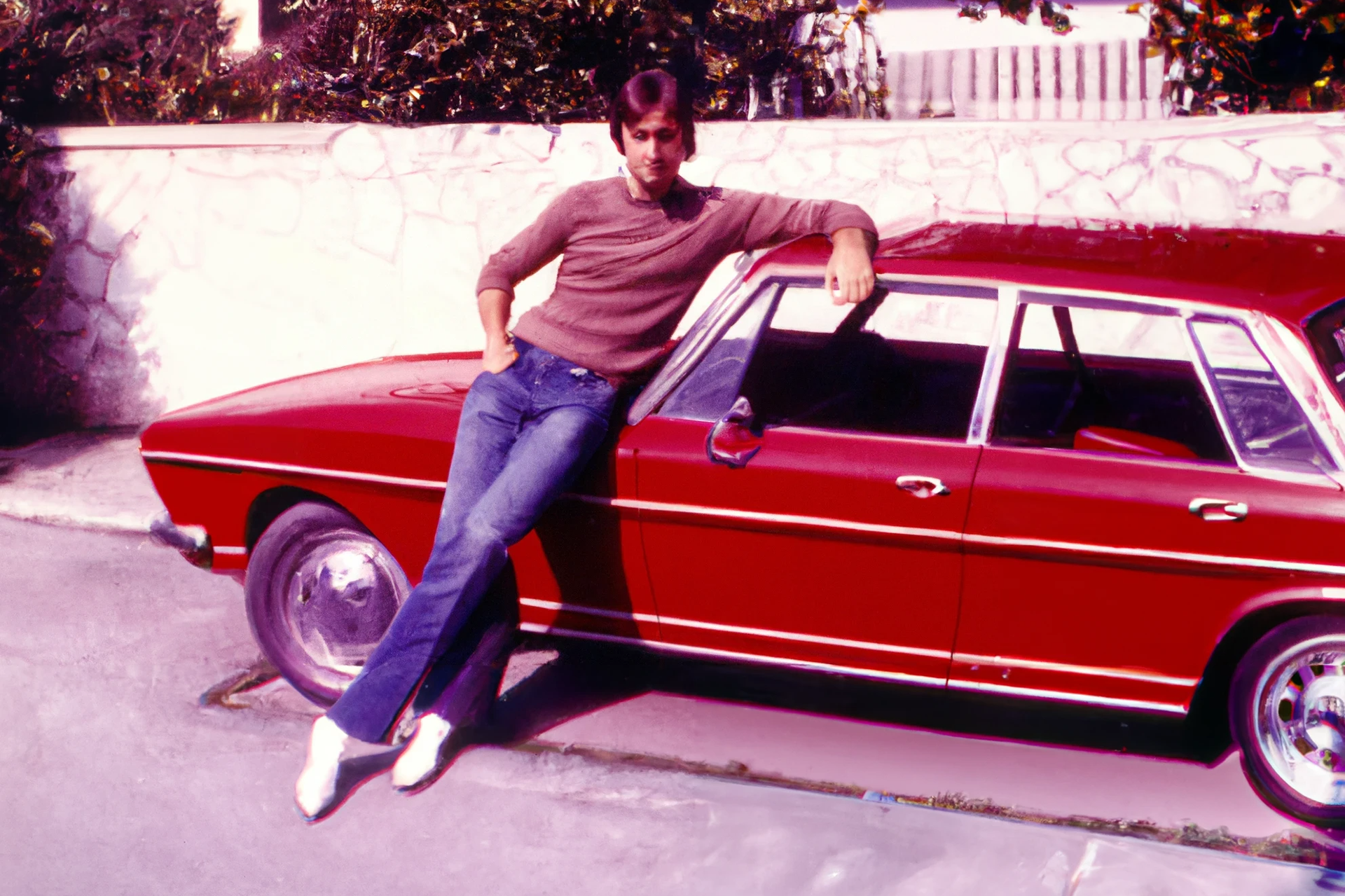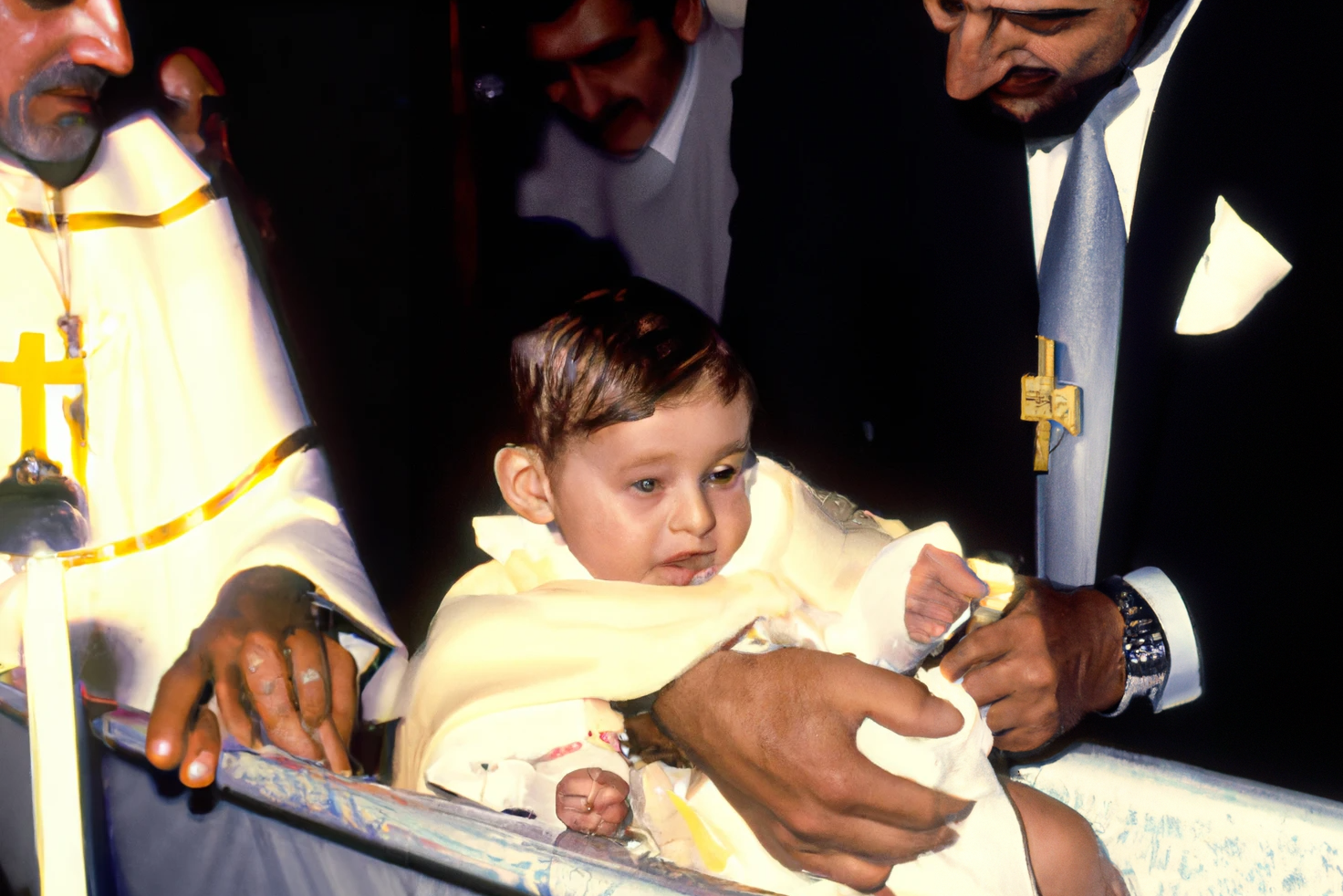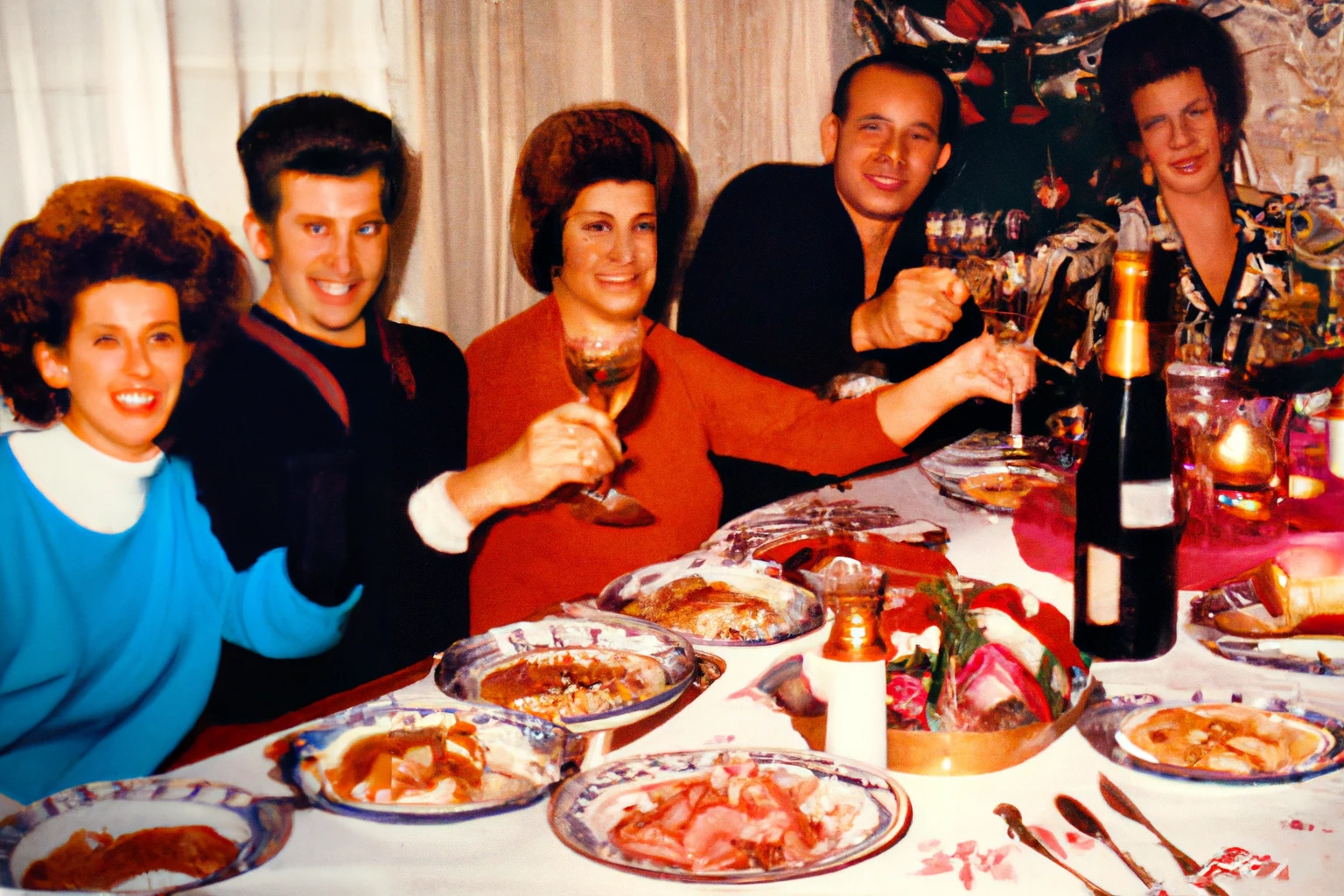Used A.I. to rewrite
her own family history.
When I reflect on my family’s history, I wonder what would have happened if my family had made different decisions, or moved in another direction. Maybe they wouldn’t have lost everything.
I don’t have a single photo of a birthday party because I never had one, so I added many images of parties to help me reconcile my actual story.
Maria Mavropoulou, navigating her way through life without a family archive, felt like she was missing a piece of the puzzle, disrupting her sense of belonging. Instead of letting that void linger, she decided to do something about it, employing the wizardry of Al to bridge those gaps. Mavropoulou mentions how this process of reshaping her personal history and delving into profound revelations that this fresh wave of machine-generated images unveils about our identity has been for her a therapeutic experience.




Maria Mavropoulou doesn’t have many family photos. Three generations of her family had to change places of residence during their lives, originating from Greece and Russia, they settled for a while in Uzbekistan before returning to Greece losing their belongings along the way and starting from scratch every time.
Until recently, Maria Mavropoulou’s family saga was no more than just a few pics and some old stories. “The family album is like a memory blueprint, a visual document that proves things unfolded in a certain way, and for me, there were massive gaps,” Mavropoulou says.
“Even though it’s my story, and I’ve come to terms with it, I was longing for a visual archive.” Fast forward to 2022, she started using DALL-E to create the family photo album she was missing. The end game? “Imagined Images,” a collection of over 400 frames spanning seven decades, showcasing family milestones like weddings, birthdays, and the daily grind. These aren’t your polished, Insta-worthy shots; they’ve got that amateur family vibe - wonky framing, cringy poses, and smiles that look like they need rescuing.
AI-generated images pick up on hints from fashion, design, beauty, behavior, and photo style, drawing from a vast amount of data. In this way, the outcome of AI systems like DALL-E uses various hints to visualize a specific time and place without the user needing to describe each detail of an image in the text prompt.
Early on, Mavropoulou cross-checks DALL-E’S creations with her mom, and surprisingly some of them are pretty spot-on! “It wasn’t just an emotional journey, but an informative one as well,” she admits about the creative process. Al seems to know more about a time and place than she does, adding details she never had thought of, like her mom’s work uniform and the style of their house and garden in Tashkent she had never seen. Sure, these images don’t have a direct link to reality, but there’s a snippet of knowledge thanks to the program’s training process on all the images online as some of the companies that produce them state. We call Al pics fake, but they may contain universal truths. A statistical kind of truth.
The software is still in its baby phase, causing creepy distortions. But for Mavropoulou, those glitches are welcomed-she wants you to see a family, not necessarily hers.
For Mavropoulou, just filling in her family album gaps wasn’t enough; she wanted to dream up moments that never happened but she might have wished for, throwing around the “what if things had been different” vibe.
Mavropoulou says that working on this project was like a therapy session - rewriting the past to mold the future. Concept-wise, post-photography dives into deep thoughts about truth and fake-outs, asking the uncomfortable Q: does it even matter? Is a pic less legit if it’s more for show than for real? And what’s the deal if Al pics tug at our feels just like the OG photos do?
Mavropoulou’s head-scratcher of a project sparks a convo about all this and more, turning the whole instant prompt-result game into a kinda cultural archaeology, giving us peeks into the human story.
“What excites me is using technology as a mirror,” she says. “I’m turning a spotlight on
technology, trying to understand how it sees us and, in turn, how it shapes how we think about ourselves.”
